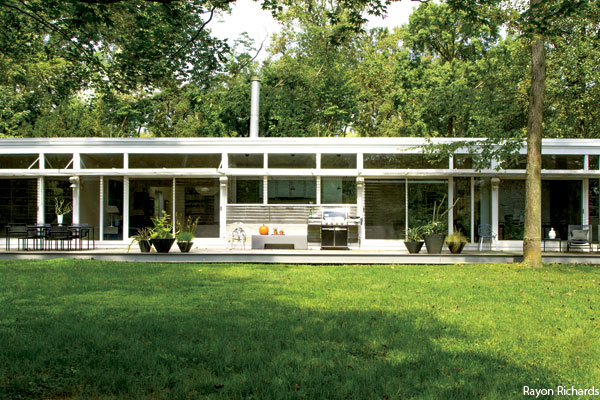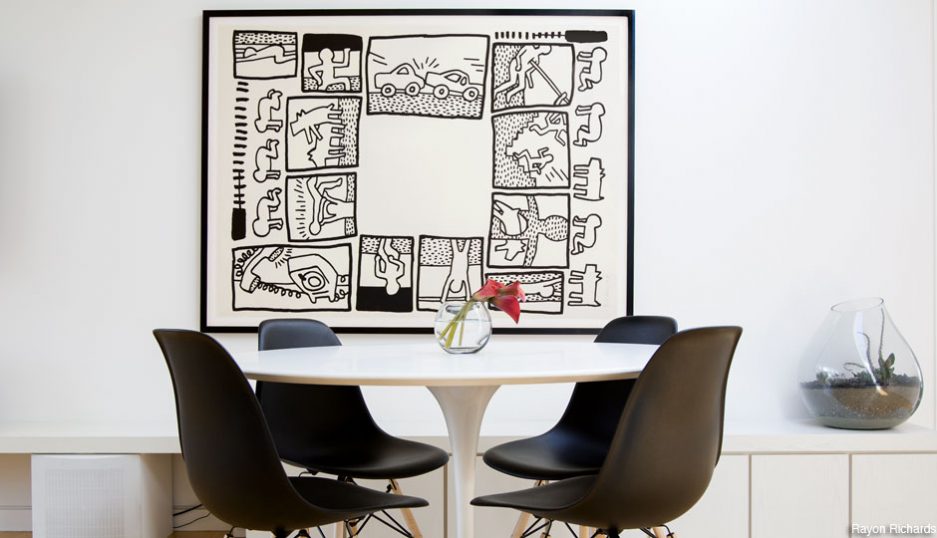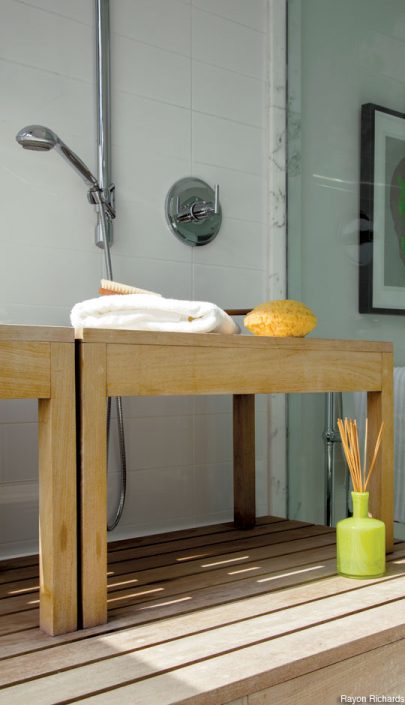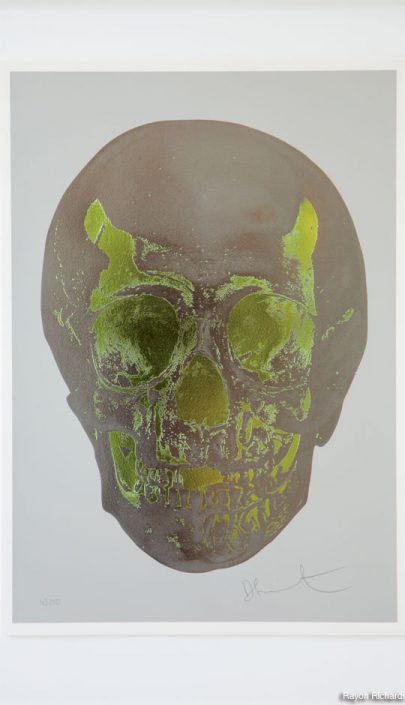Philadelphia Home: A Mid-Century Modern with a View in Lower Merion

Head to The Main Line, home to the estate that inspired The Philadelphia Story, and houses like this one are hard to come by. In fact, this 2,700-square-foot single-level house once boasted similar mid-century modern neighbors, but they’ve long since been torn down. It’s now flanked by two multi-story manses, looming structures that would dwarf the space if not for a lush perimeter of trees offering both shade and privacy—two precious commodities when the entire rear of your house is transparent.
But dealing with a whole wall of glass isn’t an issue for the homeowner, a 50-something mobile-technology entrepreneur who grew up in a boxy wood-and-glass house his father built in Chester Springs; modern living is in his blood. “I’ve always appreciated the aesthetic of a modern home,” he says. “I love the simplicity of it, the clean lines, and the fact that it doesn’t allow for clutter.” So it was no surprise that in 2012 he pounced on this house, designed by legendary Philadelphia architects Frank Weise and William W. Eshbach in 1957. (The former owner made him promise he wouldn’t tear it down.)
The space itself is extraordinarily linear, six main rooms stacked side by side like children’s blocks, a staccato parade of living space that’s both orderly and free-flowing: master bathroom into master bedroom into living room into kitchen (an intensely functional galley) into sitting room into office. “One room melts into the next,” he says. Skylights slice through the center of the house (where you’ll also find a laundry room, two extra baths and a guest room), pouring in bright rectangles of light, each as geometric as the house itself.
During the day, the sunlight seems like just another accessory—part of the home’s near-stark, bright minimalism. Come nighttime, it’s another story. This is when, even after fall’s arrival, the homeowner sits in one of the butterfly chairs perched at the far ends of the back deck, relics from that first modern home his father built years ago, and stares back at his own wood-and-glass box. “The house kind of glows late at night,” he says. “It’s like a dream house.”




















